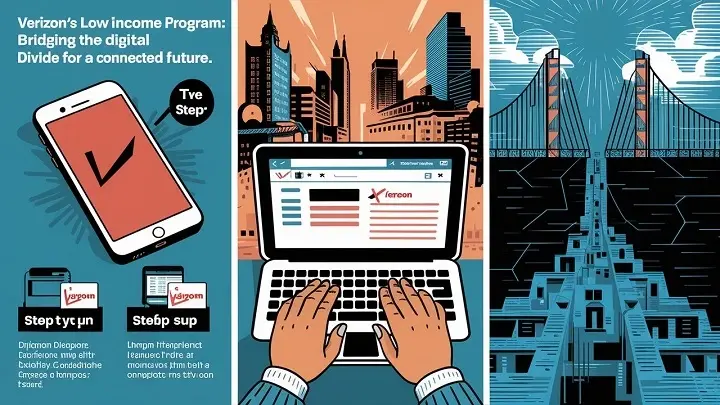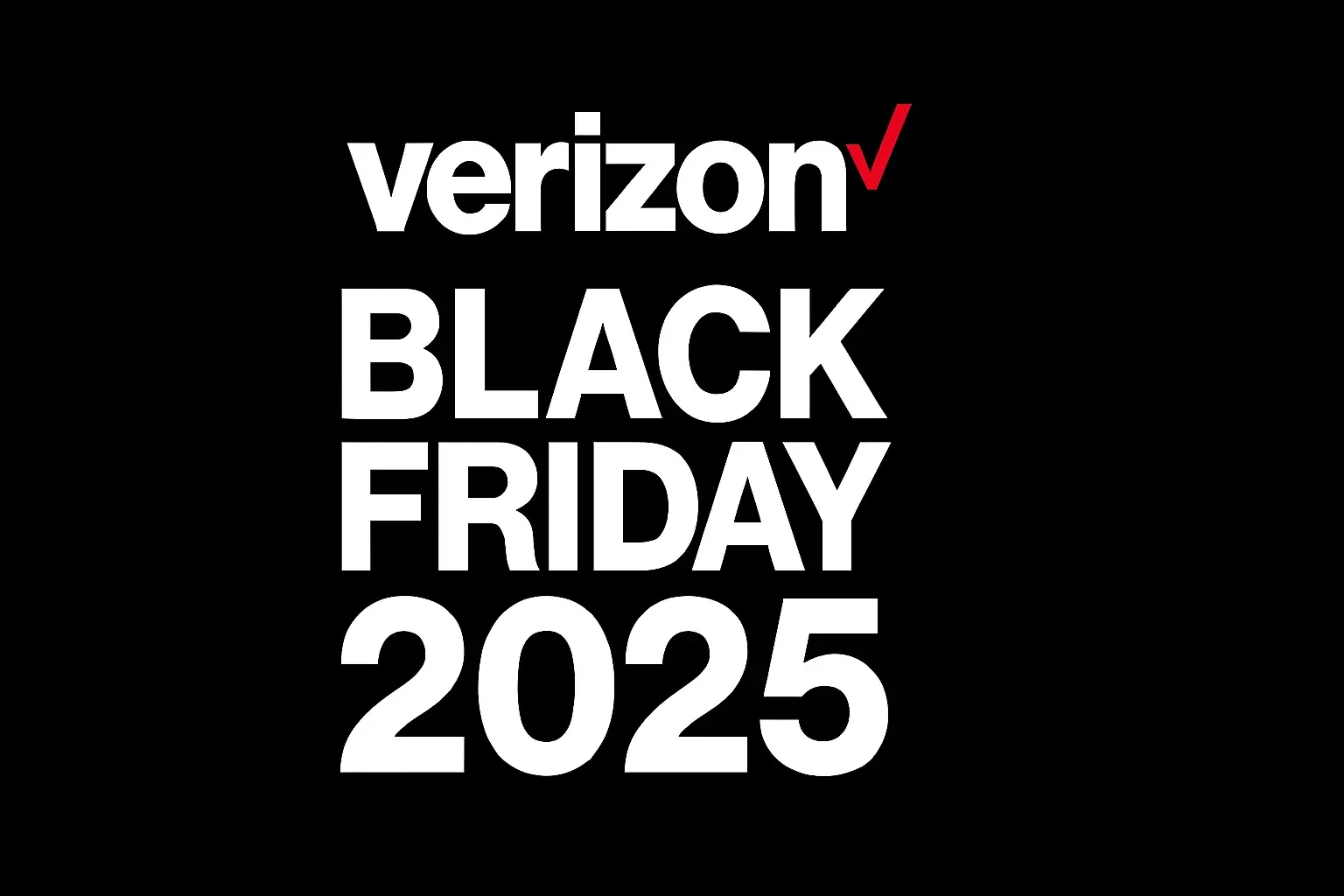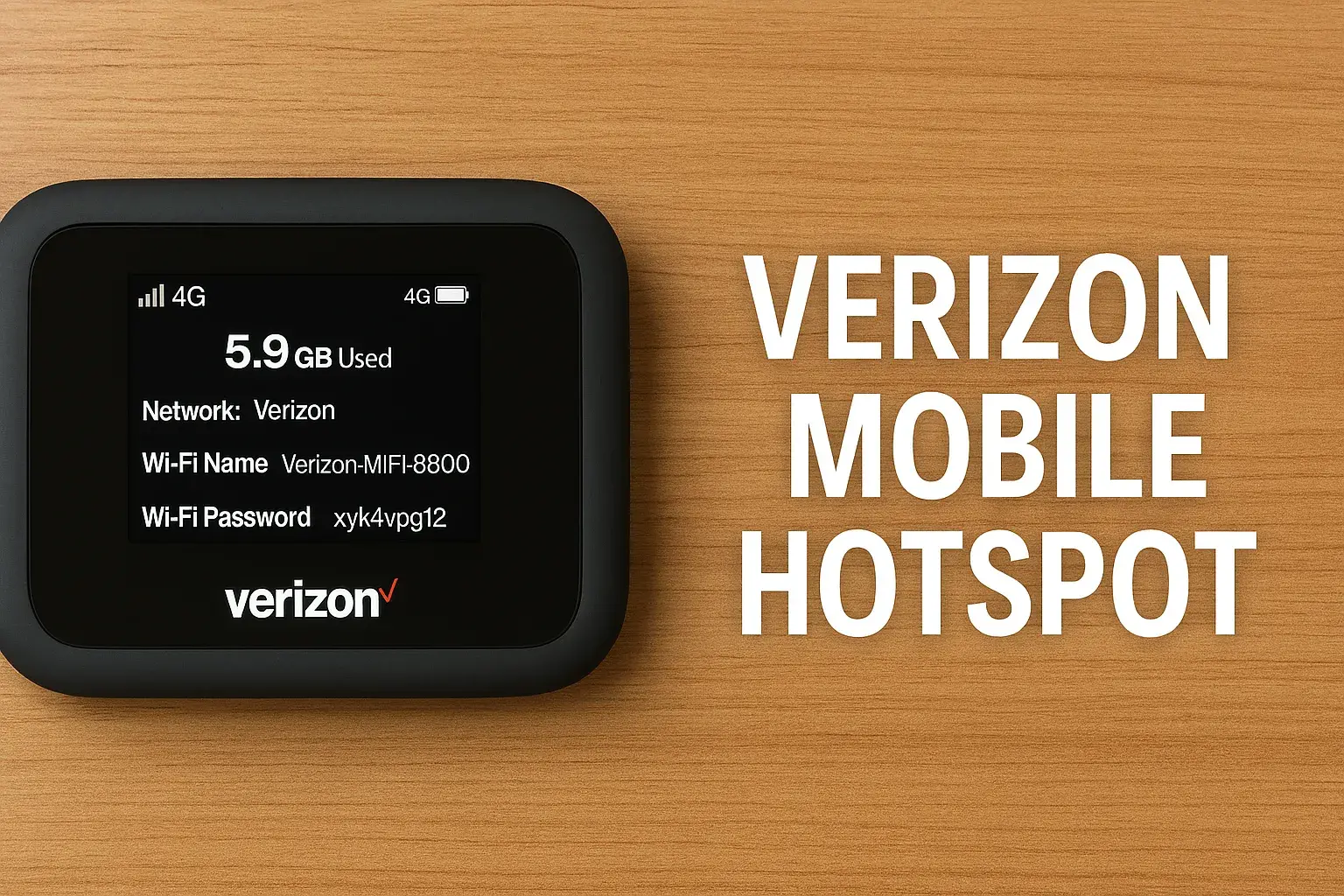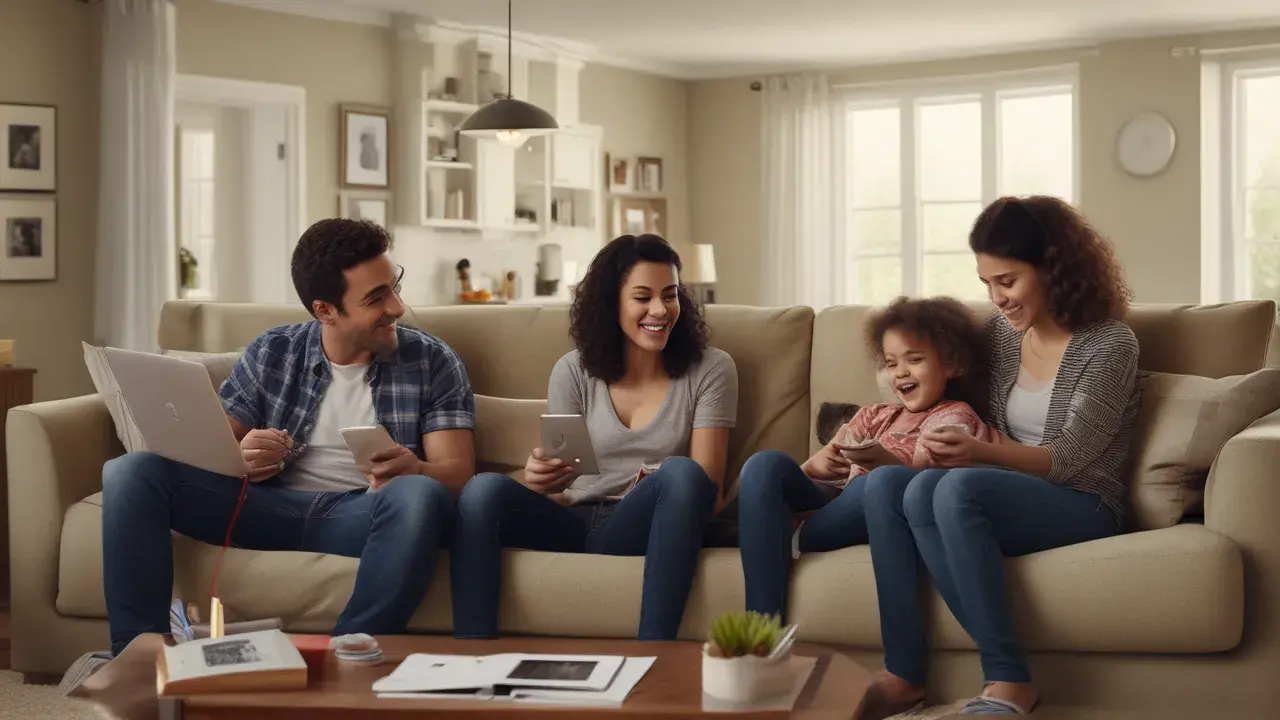How To Get Low-Income Internet Through Verizon

Understanding Low-Income Internet Options with Verizon
Navigating the world of affordable internet can be challenging, especially for low-income households. This guide provides a comprehensive look at how to get low-income internet through Verizon, focusing on the federal programs designed to bridge the digital divide. We’ll explore eligibility, application steps, and what to expect, ensuring you can access reliable connectivity.
Verizon's Lifeline Program: A Detailed Look
The Lifeline program is a crucial federal initiative designed to make essential communication services, including home internet, more accessible to low-income Americans. Verizon participates in this program, offering eligible customers a discount on their monthly internet service. Understanding Lifeline is the first step toward securing affordable broadband through Verizon.
Lifeline, administered by the Federal Communications Commission (FCC), aims to ensure that all Americans have access to telephone service and, increasingly, broadband internet. It's a vital program that has been in place for decades, adapting over time to include internet access as a core component of modern communication and economic participation. For many, it represents the only viable path to reliable home internet.
When you enroll in Lifeline with Verizon, you are essentially receiving a subsidy that reduces the cost of your monthly internet bill. This subsidy can significantly lower the barrier to entry for individuals and families who might otherwise be priced out of essential digital services. The amount of the discount can vary, but it's consistently designed to make a tangible difference in household budgets.
It's important to note that Lifeline is a government assistance program, and as such, it has specific rules and regulations governing who can qualify and how the benefit can be used. The program is intended to provide a basic level of service, ensuring that essential online activities, such as job searching, educational pursuits, and accessing government services, are possible.
Verizon, as a major telecommunications provider, plays a significant role in delivering these Lifeline benefits to its customers. By partnering with the federal program, Verizon helps to extend the reach of its services to those who need them most, fulfilling a critical social responsibility while also expanding its customer base.
What Lifeline Covers with Verizon
Historically, Lifeline focused primarily on telephone service. However, with the increasing reliance on the internet for daily life, the program has evolved to include broadband internet access. When you apply for and are approved for Lifeline through Verizon, the benefit is typically applied to your monthly internet service bill.
The specific services covered can depend on the plans Verizon offers that are eligible for the Lifeline discount. Generally, this means a reduction in the cost of a home broadband internet plan. The goal is to provide a connection that is sufficient for basic online tasks. This might include:
- Accessing educational resources and completing online homework.
- Searching for employment opportunities and submitting applications.
- Communicating with family and friends.
- Accessing government services and benefits.
- Managing personal finances and paying bills online.
It's crucial to understand that Lifeline is not intended to provide the highest-speed, premium internet packages. Instead, it focuses on providing a foundational level of service that meets essential needs. The exact speed and data allowances will be determined by the specific Verizon plans that are designated as Lifeline-eligible.
Verizon will clearly outline which of their internet plans qualify for the Lifeline discount. Customers are encouraged to review these options carefully to ensure the chosen plan meets their household's basic connectivity requirements. The discount is applied directly to the monthly bill, making the service more affordable from the outset.
The program is designed to be a safety net, ensuring that no one is completely disconnected from the digital world due to financial hardship. By offering a subsidized internet service, Verizon, in conjunction with the Lifeline program, contributes to digital inclusion and equal opportunity for all its customers.
How Lifeline Works with Verizon
The process of using Lifeline with Verizon involves a few key steps. First, you must determine if you are eligible based on income or participation in certain federal assistance programs. Once eligibility is confirmed, you apply for the Lifeline benefit. If approved, you then link your Lifeline enrollment to a Verizon internet service plan.
Verizon will have specific plans designated for Lifeline subscribers. These plans are designed to offer a cost-effective way to access broadband. The Lifeline discount is then applied directly to the monthly cost of these plans. This means that instead of paying the full price for an eligible plan, you will pay a reduced amount, with the federal subsidy covering the remainder.
It's important to understand that Lifeline is a one-per-household benefit. This means that only one individual in a household can receive the Lifeline discount, whether it's for phone service or internet service. This rule is in place to ensure that the program's resources are distributed as widely as possible.
Verizon's customer service representatives are trained to assist potential applicants with understanding the Lifeline program and how it applies to their services. They can guide you through the available plans and the enrollment process, making it easier to get connected.
The discount provided by Lifeline can vary, but it's a significant reduction that makes internet service attainable for many. This program is a cornerstone of federal efforts to combat the digital divide, and Verizon's participation is key to its success in many communities.
Eligibility Criteria for Verizon Lifeline
To qualify for the Lifeline program through Verizon, you must meet certain eligibility requirements set by the federal government. These criteria are primarily based on income levels or participation in specific federal assistance programs. Understanding these requirements is crucial for a successful application.
Income-Based Eligibility
If your household income is at or below 135% of the Federal Poverty Guidelines, you may be eligible for Lifeline. The exact income thresholds change annually, so it's important to consult the most current guidelines. For example, in 2025, a single-person household with an income at or below a certain threshold would qualify, with the threshold increasing for each additional family member.
For instance, if the Federal Poverty Guidelines for a household of one in 2025 are set at $15,000, then 135% of that would be $20,250. A household of one with an annual income of $20,250 or less would likely meet the income-based eligibility for Lifeline. For a household of four, if the poverty guideline is $30,000, 135% would be $40,500, meaning a household of four earning $40,500 or less would qualify.
When applying, you will need to provide documentation to verify your income. This could include recent tax returns, pay stubs, or a letter from a social service agency. The documentation must clearly show your household's total income for the most recent tax year or a specified period.
It's important to accurately report all sources of income for everyone in your household. This includes wages, salaries, Social Security benefits, unemployment benefits, pensions, and any other form of regular income. The verification process is designed to ensure that the program serves those who are genuinely in need.
Program-Based Eligibility
Participation in certain federal assistance programs automatically qualifies you for Lifeline. These programs are designed to support individuals and families with basic needs, and access to affordable communication is considered part of that support. Common qualifying programs include:
- Supplemental Nutrition Assistance Program (SNAP): Formerly known as food stamps, SNAP provides food-purchasing assistance.
- Medicaid: A federal and state program that helps with medical costs for some people with limited income and resources.
- Supplemental Security Income (SSI): A monthly benefit paid to aged, blind, and disabled people who have little or no income.
- Federal Public Housing Assistance (FPHA): Programs that provide housing assistance to low-income families.
- Veterans Pension and Survivors Benefit: Benefits paid to low-income veterans and their survivors.
- Tribal Programs: Specific programs administered by federally recognized Tribal governments, such as the Bureau of Indian Affairs (BIA) General Assistance or the Food Distribution Program on Indian Reservations (FDIPR).
If you are enrolled in any of these programs, you will need to provide proof of your participation. This typically involves a letter or official document from the agency administering the program, confirming your enrollment. This documentation is essential for verifying your eligibility.
The verification process for program-based eligibility is generally straightforward. Once your participation in a qualifying program is confirmed, you can proceed with your Lifeline application. This streamlined approach ensures that individuals already receiving support for basic needs can more easily access affordable communication services.
It's essential to ensure that the documentation you provide is current and clearly shows your active enrollment. Any discrepancies or outdated information can lead to delays or denial of your application. Always check with the administering agency for the most appropriate proof of enrollment.
Important Considerations for Eligibility
- One Benefit Per Household: As mentioned, only one Lifeline benefit is allowed per household. A household is defined as a group of people who live together and share income and expenses.
- National Verifier: In most states, you will apply through the National Verifier (NV) or your state's Lifeline administrator. The NV is a centralized system that verifies eligibility for Lifeline and the Affordable Connectivity Program (ACP).
- Annual Recertification: You will need to recertify your eligibility for Lifeline annually. This process ensures that you continue to meet the program's requirements.
- Changes in Circumstances: If your income or program participation status changes, you must report it to the Lifeline administrator. Failure to do so could result in penalties or termination of service.
Understanding these nuances is key to successfully obtaining and maintaining Lifeline benefits through Verizon. The program is designed to be accessible, but it requires careful attention to detail during the application and ongoing maintenance phases.
How to Apply for Verizon Lifeline
Applying for Lifeline through Verizon involves a structured process designed to verify your eligibility and link the benefit to your service. While Verizon facilitates the application, the initial verification is often handled by a central body like the National Verifier.
Step 1: Determine Your Eligibility
Before starting the application, thoroughly review the eligibility criteria outlined in the previous section. Ensure you meet either the income-based or program-based requirements. Gather any necessary documentation, such as proof of income (tax returns, pay stubs) or proof of participation in a qualifying assistance program (benefit award letter).
Step 2: Visit the National Verifier or State Administrator
In most states, the first step is to apply through the National Verifier (NV) website. This independent entity is responsible for verifying eligibility for both Lifeline and the Affordable Connectivity Program (ACP). Some states may have their own specific application portals or processes, so it's wise to check your state's Lifeline administrator website if unsure.
On the National Verifier website, you will be prompted to enter your personal information and provide details about your income or program participation. You will upload or submit the required documentation for verification. The NV system will then assess your application.
Step 3: Receive Verification and Approval
Once your application is submitted to the National Verifier, it will be reviewed. If your documentation is complete and you meet the criteria, you will receive an approval notification. This notification typically includes a unique enrollment number or confirmation that your eligibility has been verified.
This verification step is critical. It confirms to Verizon and other participating providers that you are eligible to receive the Lifeline discount. Keep this confirmation handy, as you will need it to proceed with signing up for service.
Step 4: Contact Verizon to Enroll
After receiving your Lifeline eligibility confirmation, contact Verizon directly to enroll in a qualifying internet plan. You can usually do this by:
- Visiting a Verizon store: Speak with a representative in person.
- Calling Verizon customer service: Dial the appropriate number for Lifeline or general service inquiries.
- Visiting the Verizon website: Look for a dedicated section on Lifeline or affordable internet options.
When you contact Verizon, you will need to provide your Lifeline eligibility confirmation number or other identifying information from your approval. The Verizon representative will then help you select an eligible internet plan and apply the Lifeline discount to your monthly bill.
Be sure to ask about the specific plans available for Lifeline subscribers and any associated costs after the discount is applied. Verizon will clearly explain the terms of service, including any data limits or speed restrictions that may apply to these plans.
Step 5: Complete Enrollment and Receive Service
Once you have selected a plan and provided your Lifeline verification, Verizon will finalize your enrollment. You will receive information about your service activation, installation (if applicable), and your first bill, which will reflect the Lifeline discount.
Congratulations! You have now successfully applied for and enrolled in Verizon's Lifeline-supported internet service. Remember to keep track of your account and any recertification requirements to maintain your benefit.
The Affordable Connectivity Program (ACP) and Verizon
The Affordable Connectivity Program (ACP) is another vital federal initiative that provides a discount on broadband internet service and internet-connected devices for eligible low-income households. Verizon also participates in the ACP, offering significant savings to its customers. While Lifeline provides a discount on phone or internet, ACP offers a broader discount that can be applied to internet service.
The ACP was established by the U.S. Congress and is funded by the government. It replaced the previous Lifeline broadband discount and expanded the benefits. The program aims to ensure that households can afford the broadband they need for work, school, healthcare, and other essential activities.
For many households, the ACP discount can make high-speed internet much more affordable, potentially even free with certain plans. This program is a game-changer for digital equity, helping to close the digital divide by making robust internet access a reality for more Americans.
Verizon's participation in the ACP means that eligible customers can leverage this federal benefit to significantly reduce their monthly internet bills. This makes it easier for families to stay connected, access online learning resources, and participate fully in the digital economy.
It's important to note that the ACP is a distinct program from Lifeline, though there is some overlap in eligibility criteria and application processes. Understanding the differences and how to apply for both can maximize the benefits available to you.
How ACP Works with Verizon
Similar to Lifeline, the ACP provides a monthly discount on internet service. When you qualify for ACP and enroll with Verizon, the program's benefit is applied directly to your monthly bill. This reduces the amount you owe Verizon for your internet service.
The maximum monthly discount for internet service through ACP is up to $30 per month for eligible households. For households on Tribal lands, the discount can be up to $75 per month. This substantial discount can dramatically lower the cost of broadband, making it accessible even for those with very tight budgets.
Verizon offers specific plans that are eligible for the ACP discount. These plans are designed to provide reliable internet service at a reduced cost. The company will clearly outline which plans qualify and what the final monthly cost will be after the ACP discount is applied.
Beyond the monthly discount, the ACP also provides a one-time discount of up to $100 for a qualifying laptop, desktop computer, or tablet purchased through participating providers. This can be a significant help for households needing to acquire devices for online learning or remote work.
The ACP is administered by the Universal Service Administrative Co. (USAC) under the direction of the FCC. Eligibility is verified through the National Verifier, similar to Lifeline.
ACP Eligibility Requirements
Eligibility for the Affordable Connectivity Program is determined by income or participation in qualifying federal assistance programs. The requirements are similar to Lifeline but have some key distinctions.
Income-Based Eligibility for ACP
A household is eligible for ACP if the annual income is at or below 200% of the Federal Poverty Guidelines. This is a broader income threshold than Lifeline, which typically uses 135% of the poverty guidelines.
For example, in 2025, if the Federal Poverty Guidelines for a household of one are $15,000, then 200% of that would be $30,000. A household of one earning $30,000 or less would qualify for ACP based on income. For a household of four, if the poverty guideline is $30,000, 200% would be $60,000, meaning a household of four earning $60,000 or less would qualify.
As with Lifeline, you will need to provide documentation to verify your income. This can include tax returns, pay stubs, or other official income statements.
Program-Based Eligibility for ACP
Households participating in the following federal assistance programs are also eligible for ACP:
- SNAP
- Medicaid
- SSI
- Federal Public Housing Assistance (FPHA)
- Veterans Pension and Survivors Benefit
- Tribal Programs (e.g., BIA General Assistance, FDIPR)
- National School Lunch Program (NSLP) / School Breakfast Program (SBP): Free or reduced-price lunch programs.
- Federal Pell Grant: For students enrolled in higher education.
Proof of enrollment in one of these programs is required for verification. This typically involves an official letter or document from the administering agency.
Important Notes for ACP Eligibility
- One ACP Benefit Per Household: Like Lifeline, ACP is limited to one benefit per household.
- National Verifier: Eligibility is verified through the National Verifier (NV).
- No Annual Recertification Required (for now): As of current regulations, ACP does not require annual recertification in the same way Lifeline does, but this can change.
- Program Status: It's crucial to stay informed about the ACP's funding status, as it is subject to congressional appropriations.
The broader income eligibility and inclusion of programs like NSLP and Pell Grants make ACP accessible to a wider range of low-income households compared to Lifeline.
Applying for ACP Through Verizon
Applying for the Affordable Connectivity Program with Verizon is a multi-step process that mirrors the Lifeline application in many ways. The goal is to verify your eligibility and then apply the benefit to your Verizon service.
Step 1: Verify Your Eligibility
Confirm that you meet the income requirements (at or below 200% of Federal Poverty Guidelines) or are enrolled in one of the qualifying federal assistance programs. Gather your supporting documentation:
- For Income-Based Eligibility: Recent tax return, recent pay stubs, Social Security statement, unemployment benefit statement, etc.
- For Program-Based Eligibility: Official letter or document showing your enrollment in SNAP, Medicaid, SSI, FPHA, Veterans Pension and Survivors Benefit, NSLP, SBP, Federal Pell Grant, or a recognized Tribal program.
Step 2: Apply Through the National Verifier
The primary method for applying for ACP is through the National Verifier (NV) website. Navigate to the ACP application section. You will need to create an account or log in if you already have one.
Complete the online application, providing all requested personal and household information. You will be asked to indicate your eligibility basis (income or program participation) and upload your supporting documents. The NV system will then process your application and verify your eligibility.
If you are applying for both Lifeline and ACP, you can often do so simultaneously through the National Verifier, streamlining the process.
Step 3: Receive Your Eligibility Confirmation
Upon successful verification, the National Verifier will provide you with an eligibility confirmation. This confirmation typically includes an application ID or enrollment number. This number is essential for Verizon to apply the ACP discount to your account.
Keep this confirmation safe, as you will need it when you contact Verizon.
Step 4: Contact Verizon to Enroll in an ACP-Eligible Plan
Once you have your ACP eligibility confirmation, contact Verizon to sign up for an internet plan that qualifies for the ACP discount. You can typically do this via:
- Verizon's Website: Look for a specific section detailing ACP benefits and eligible plans.
- Phone: Call Verizon customer service and inform them you are an ACP-eligible customer.
- In-Store: Visit a Verizon retail location.
When speaking with a Verizon representative, provide your ACP eligibility confirmation number. They will help you select an appropriate internet plan and apply the ACP discount. They will explain the final monthly cost, which, with the $30 (or $75 on Tribal lands) discount, can be significantly reduced or even zero for some basic plans.
You may also inquire about the ACP device discount if you are in need of a new computer, tablet, or laptop. Verizon will provide details on which devices are eligible and how to obtain the discount.
Step 5: Finalize Your Service and Device Order
After selecting your plan and providing your ACP verification, Verizon will finalize your enrollment. You will receive confirmation of your service activation and details about any new devices if you opted for the device discount. Your monthly bill will then reflect the ACP savings.
By following these steps, you can successfully secure affordable internet and potentially a new device through Verizon's participation in the ACP.
Comparing Lifeline and ACP: Which is Right for You?
Both Lifeline and the Affordable Connectivity Program (ACP) aim to make communication services more affordable for low-income households. While they share similar goals, they differ in their benefits, eligibility criteria, and how they are applied. Understanding these differences is key to choosing the right program or potentially benefiting from both.
Key Differences Summarized
Here's a comparative look at the two programs:
| Feature | Lifeline | Affordable Connectivity Program (ACP) |
|---|---|---|
| Primary Benefit | Discount on phone or internet service. | Discount on internet service and a one-time discount on a connected device. |
| Internet Discount Amount | Varies, typically a fixed monthly credit applied to internet service. | Up to $30 per month (up to $75 on Tribal lands). |
| Device Discount | No device discount. | Up to $100 for a laptop, desktop, or tablet from participating providers. |
| Income Eligibility Threshold | At or below 135% of Federal Poverty Guidelines. | At or below 200% of Federal Poverty Guidelines. |
| Qualifying Assistance Programs | SNAP, Medicaid, SSI, FPHA, Veterans Pension & Survivors Benefit, Tribal Programs. | SNAP, Medicaid, SSI, FPHA, Veterans Pension & Survivors Benefit, Tribal Programs, NSLP/SBP, Federal Pell Grant. |
| Application Verification | National Verifier or State Administrator. | National Verifier. |
| Recertification | Annual recertification required. | Currently no annual recertification, but program status is subject to funding. |
| One Benefit Per Household | Yes. | Yes. |
Can You Get Both Lifeline and ACP?
Generally, you can receive both Lifeline and ACP benefits, but not for the same service. For example, you could potentially use Lifeline for a discounted phone service and ACP for a discounted internet service. However, you cannot apply both discounts to a single internet plan.
The National Verifier handles eligibility for both programs. If you qualify for both, you will receive separate confirmations for each. When you contact Verizon, you would specify how you want to apply each benefit. For instance, you might tell them: "I have Lifeline eligibility for my phone and ACP eligibility for my internet."
Verizon will guide you on how to best utilize both benefits if you qualify for them. This often means allocating one benefit to phone service and the other to internet service, or applying the ACP benefit to your internet if it offers a greater savings.
Choosing the Best Option for Your Household
If you qualify for Lifeline only: Focus on enrolling in a Lifeline-eligible internet plan through Verizon. The discount will help reduce your monthly bill.
If you qualify for ACP only: Enroll in an ACP-eligible internet plan with Verizon. The higher discount and potential device subsidy might be more beneficial.
If you qualify for both:
- Option 1: Use Lifeline for a discounted phone line and ACP for a discounted internet plan.
- Option 2: If your primary need is internet, compare the discount amounts. The ACP discount is generally larger for internet service, so you might choose to apply the ACP benefit to your internet and potentially use Lifeline for a basic phone line if needed.
Verizon's representatives can help you analyze your specific situation and determine the most cost-effective way to use these programs. The goal is to maximize your savings and ensure you have the essential communication services you need.
Exploring Other Potential Verizon Low-Income Solutions
While Lifeline and ACP are the primary federal programs for low-income internet access, Verizon may offer other solutions or promotions that could benefit eligible customers. It's always worth inquiring directly with the provider about any available discounts or programs.
Promotional Offers and Bundles
Verizon occasionally runs promotional offers for new customers, which might include discounts on internet service for a limited time. While not specifically designed for low-income households, these promotions can sometimes make service more affordable. It's important to check the terms and conditions, as these discounts are often temporary.
Bundling services, such as internet with mobile plans, can sometimes lead to savings. If you are already a Verizon mobile customer, inquire if bundling your home internet could result in a lower overall monthly cost.
Basic Internet Plans
Verizon offers a range of internet plans. Even without federal subsidies, some of their more basic or entry-level plans might be more affordable than premium packages. If you only require internet for essential tasks like email and browsing, a lower-tier plan could be a more budget-friendly option.
When speaking with Verizon, clearly state your budget constraints and your basic internet needs. They can help identify the most economical plan that fits your requirements.
Community Programs and Partnerships
In some areas, Verizon might partner with local municipalities, non-profit organizations, or community centers to offer specialized programs or provide resources for low-income residents. These partnerships can sometimes lead to unique discount opportunities or assistance with the application process for federal programs.
It's advisable to check with local community organizations or government assistance offices to see if any specific Verizon-related initiatives are available in your area.
Customer Service Inquiry
The most direct way to explore all possibilities is to contact Verizon's customer service directly. Explain your situation and ask if there are any current discounts, programs, or plans available for low-income households beyond the standard Lifeline and ACP offerings.
Be prepared to discuss your needs and potential eligibility. While federal programs are the most common route, companies sometimes have their own initiatives or can guide you to available resources.
Tips for a Smooth Application Process
Applying for low-income internet programs can seem daunting, but with careful preparation, you can navigate the process smoothly. Here are some tips to help ensure your application for Verizon Lifeline and ACP is successful:
1. Gather All Necessary Documentation in Advance
The most common reason for application delays or denials is incomplete or incorrect documentation. Before you start, collect all the required proofs:
- Proof of Identity: Government-issued ID (driver's license, state ID, passport).
- Proof of Address: Utility bill, lease agreement, or other official mail showing your current address.
- Proof of Income (if applicable): Recent tax return (e.g., Form 1040), recent pay stubs (usually 3-6 months), Social Security benefit statement, unemployment award letter, pension statement.
- Proof of Program Participation (if applicable): Official letter or benefit award statement from SNAP, Medicaid, SSI, FPHA, Veterans Pension & Survivors Benefit, NSLP, SBP, Pell Grant, or a Tribal program. Ensure the document clearly states your name and shows active enrollment.
Make sure all documents are current and legible. If uploading, ensure the file format is accepted (e.g., PDF, JPG).
2. Use the National Verifier
For most states, the National Verifier (checklifeline.org) is the official portal for verifying eligibility for both Lifeline and ACP. Using this centralized system can streamline the process and ensure your eligibility is recognized by participating providers like Verizon.
3. Be Precise with Your Information
When filling out the application, ensure all information matches your supporting documents exactly. This includes names, addresses, dates of birth, and Social Security numbers. Any discrepancies can trigger a manual review and cause delays.
4. Understand the "One Benefit Per Household" Rule
Remember that only one Lifeline and one ACP benefit is allowed per household. If someone else in your household is already receiving a Lifeline or ACP benefit, you may not be eligible. A household is defined by individuals living together and sharing expenses.
5. Keep Records of Your Application and Approval
Save copies of your submitted application, all uploaded documents, and any confirmation emails or approval letters you receive. This documentation is crucial for your records and for providing to Verizon when you enroll in service.
6. Contact Verizon Promptly After Approval
Once you receive your eligibility confirmation from the National Verifier, contact Verizon as soon as possible. This ensures that you can secure your preferred plan and have the discount applied promptly. Waiting too long might mean missing out on specific promotions or plan availability.
7. Ask Questions
Don't hesitate to ask questions of both the National Verifier support team and Verizon's customer service representatives. Clarify any doubts about eligibility, plan details, pricing, or the application process. Understanding your options empowers you to make the best choice.
8. Stay Informed About Program Changes
Federal programs can evolve. Keep an eye on official FCC announcements or news from the National Verifier regarding any changes to eligibility, benefits, or program status, especially for ACP, which is subject to congressional funding.
By following these tips, you can significantly increase your chances of a successful and efficient application process, leading to affordable internet access through Verizon.
Conclusion: Securing Affordable Internet with Verizon
Access to reliable internet is no longer a luxury; it's a necessity for education, employment, healthcare, and civic engagement. For low-income households, the cost of broadband can be a significant barrier. Fortunately, Verizon actively participates in federal programs designed to bridge this digital divide, making it possible to secure affordable internet.
The Lifeline program offers a vital subsidy for essential communication services, and the Affordable Connectivity Program (ACP) provides even more substantial discounts on internet service, along with the opportunity for a connected device. By understanding the eligibility criteria for both programs—whether based on income or participation in qualifying assistance programs—and following the straightforward application process through the National Verifier, you can unlock significant savings.
Remember to gather all necessary documentation beforehand, apply through the official channels, and then promptly connect with Verizon to select an eligible plan. Don't hesitate to ask questions and explore all available options, including any potential promotional offers. With careful preparation and by leveraging these federal resources, you can successfully obtain low-income internet through Verizon, ensuring your household stays connected in today's increasingly digital world.





